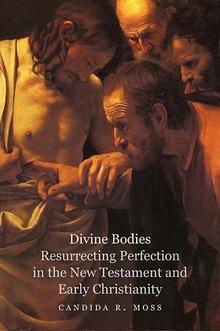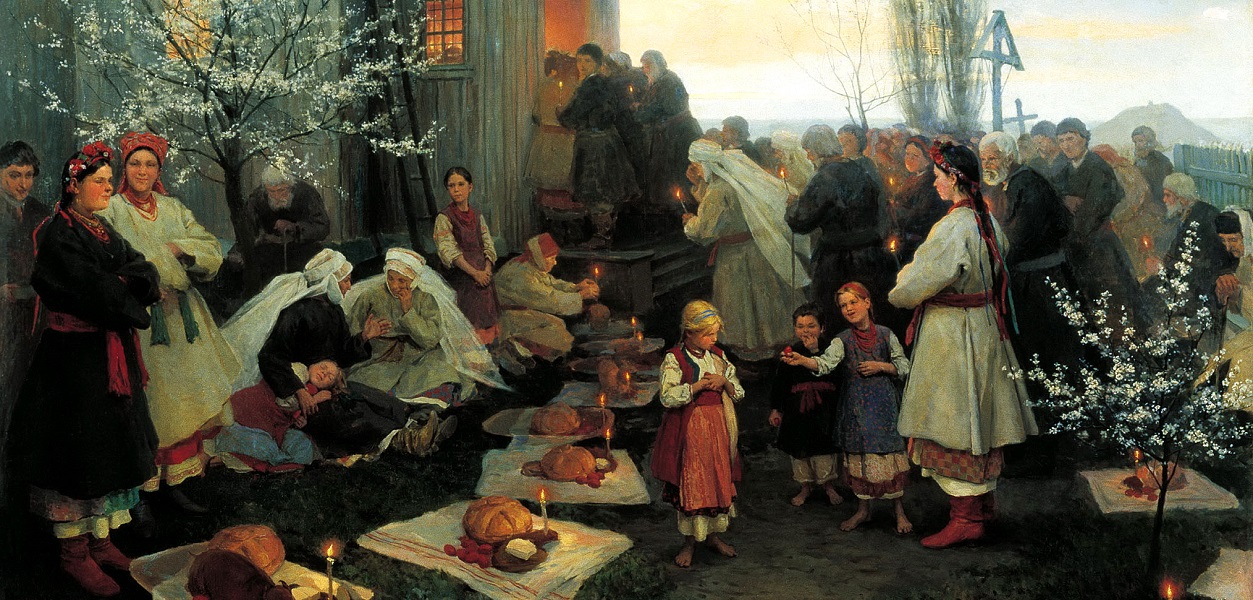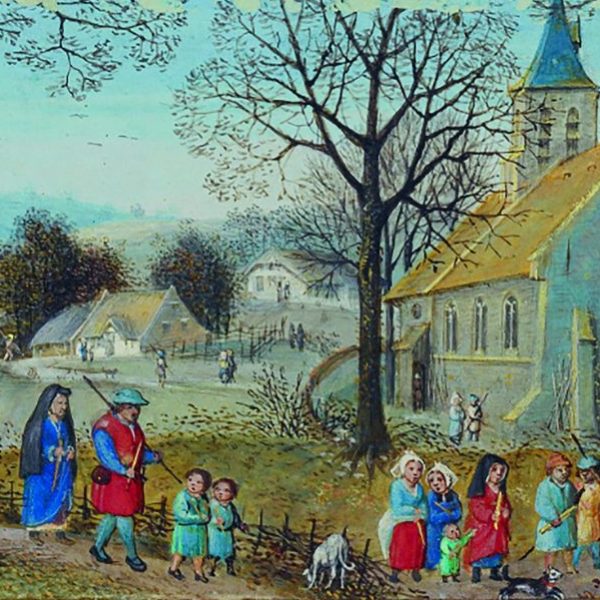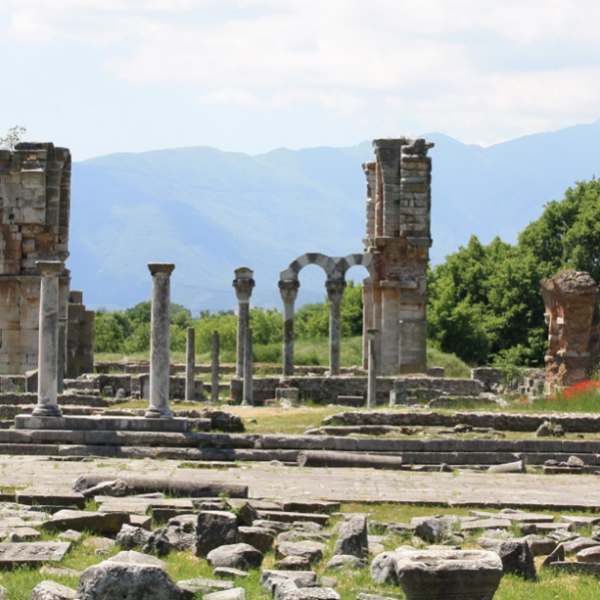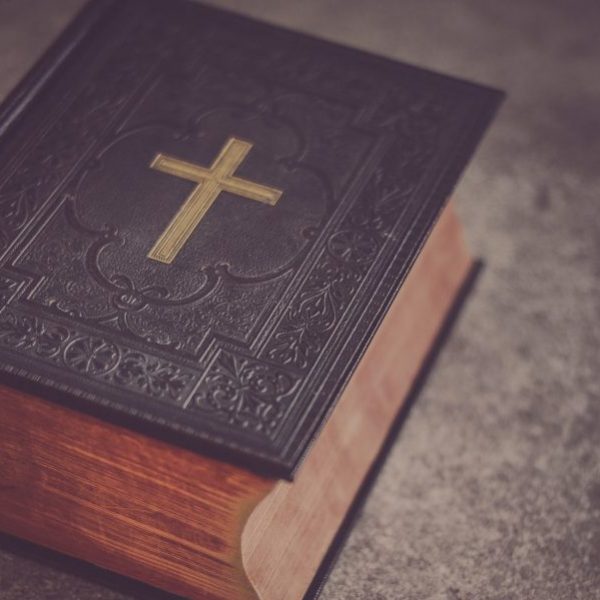On Easter and Resurrection
Candida Moss—
At Easter, as almost everyone knows, Christians celebrate and think about the death and resurrection of Jesus. The resurrection of Jesus is a foundational moment in Christian history that is proclaimed as part of the Creed, but it is also the model for the afterlife expectations of everyone else. Even though we tend not to think about it, the mainstream doctrinal position is that at the end of time God will resurrect people from the dead, reconstitute their bodies, and invite the faithful to everlasting rewards in heaven. But what does that look like? Or, as St. Paul would put it, “With what kind of body do they come?” Everyone will need some reassembly, but what age will we be? Will we be the age we were at our death or the age at which we were our healthiest and most conventionally attractive? Can we improve ourselves such that we are taller? Shorter? Depilated? 20 lbs lighter?
The New Testament, surely, is the place to start. In his classic statement on the resurrection, Paul in 1 Corinthians 15 writes that, even though “flesh and blood do not inherit the kingdom,” perishability will put on imperishability. There is both continuity and discontinuity between who we are now and who we will be on Judgment Day. Although he never uses language of perfection, generations of Christians have read into his words the idea that resurrected bodies are perfect bodies and then proceeded to gloss that idea of perfection with their own historically derived notions of what perfection would look like.
For example, exquisite late antique murals from the Church of San Apollinaire Nuovo in Ravenna, Italy, depict the saints in procession in heaven. The female saints stand alongside one another, holding crowns (alternating red and green), differences in their dress and hairstyle all but unnoticeable. The women gaze blankly towards the congregation, their identical expressions reflecting a characterless homogeneity otherwise understood as the blissful serenity of sainthood. Above their heads, the names of the martyrs—Justina, Perpetua, Felicity—serve as the only markers of their individual identities. Except for these ancient name-tags, there is no way to distinguish between the martyrs; they are all pale, expressionless, and light-haired. According to the traditional view, in life Perpetua was a Tunisian aristocrat turned ambiguously-gendered gladiator, and Felicity a slave girl. In death, they are memorialized as heavenly Stepford wives, their complexions washed out with Roman notions of pale aristocratic beauty. Their personal histories and identities have been erased and supplanted with a particular understanding of beauty and perfection. Whether you believe in the resurrection or not, it is easy to see how these representations of heavenly homogeneity do violence to those forced into whiteface and harm those who do not already resemble this ideal.
In the history of interpretation, Paul’s amorphous and ambiguous statements about “glorious” bodies in the resurrection have been influential, but there are other passages in the New Testament that subvert the notions of “bodily perfection” implicit in our ideas about heaven. In Mark 9:43-48 Jesus instructs followers that if their hand, foot, or eye causes them to stumble they should remove it, for it is better to enter the Kingdom of God one handed, one footed, or one-eyed than to be thrown into Gehenna intact and burn forever. At no point does Jesus say that once people enter heaven they will then be healed. The entire force of this passage (whether it is a metaphor or literal injunction to readers) rests on the idea of persistent infirmity in the afterlife. We might assume that a one-footed person would be disadvantaged in heaven, but this would be to assume a great deal about the mechanics of a realm governed by divine metaphysical rules. There is no reason, as Augustine would later recognize in his City of God, to assume that a blind person would be disadvantaged in heaven. It is only a set of assumptions about what makes us who we are, coupled with culturally derived understandings of “perfection,” that lead us to think that disability is eradicated in heaven.
Arguably the most important passage for thinking about the resurrection is the “reason for the season”: the resurrection of Jesus himself. After his appearance to the disciples, Thomas (who had not been present) states that he will not believe that Jesus has been resurrected unless he can place his finger into the marks in Jesus’ hands and side. It’s a bold and somewhat intrusive request, but it also directs us to the important of the scarred and wounded body of Jesus. As the late disability theologian Nancy Eiseland argued, it is not Jesus’ face or his mere appearance to the disciples that identify him as resurrected: it is the brokenness of his skin and the ragged punctures in his body. In keeping with ancient Greek epic, which saw scars as the definitive means by which a person could be identified, it is not bodily perfection but its “imperfections” that identify who Jesus is.
The resurrection of the dead is a strange and thought-provoking idea that forces us to think about who we are, why bodies matter and who we want to be. Beliefs about the afterlife are the product of a complex knot of historically-bound philosophical commitments about the nature of the self, scriptural interpretation, sociopolitical values, and cultural ideals. And these beliefs exert power in the present to create hierarchies of value about the kinds of bodies that matter. More than anything else, descriptions and depictions of the resurrection reveal more about our values, our aesthetics, and the things we prize than they do about the future.
Candida R. Moss is the Edward Cadbury Professor of Theology at the University of Birmingham, UK. She is an award-winning author, whose books include Ancient Christian Martyrdom, Reconceiving Infertility, and Bible Nation.
Further Reading:
